Godse killed Gandhi on this day, 73 years ago
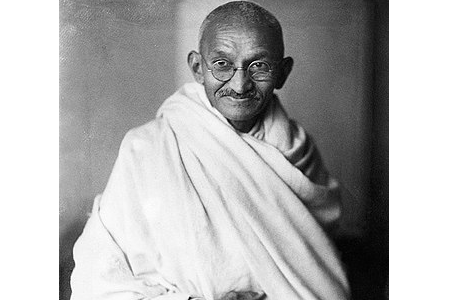
A picture of Mahatma Gandhi. The word Mahatma was not part of his name; it is a Sanskrit title meaning “great soul”.
Nathuram Godse shot Mahatma Gandhi three times in the chest on January 30, 1948. Today is the 73rd anniversary of Gandhi’s assassination. Mahatma Gandhi is a name known by many and, oftentimes, looked upon with reverence. Gandhi was an Indian activist and leader whose policies of satya (truth) and ahimsa (nonviolence) were praised by many. So I wondered, why did journalist Nathuram Godse feel the need to assassinate the “Father of the Nation”?
To satiate my curiosity, I read Why I Killed Gandhi, a small book by Godse on this matter, and I was surprised by Godse’s reasoning, which was more emotionally driven than I thought it would be. Godse takes jabs at Gandhi’s policies with increasingly Islamophobic comments woven in.
Before I read the book, however, I recalled what I already knew about this topic. I am an Indian and I was born in India, but unlike many Indian children who are brought up with tales of how Gandhi was the Father of the Nation, I was brought up with the belief of how Godse did something good by killing Gandhi.
Initially, I disliked only Gandhi, as I believed he supported the Partition of India (the split of the British Raj into India and Pakistan), which I learned he didn’t. But reading Why I Killed Gandhi helped me see Godse’s equally flawed perspective.
Starting off in his book, Godse first describes how he disliked Gandhi’s implementation of his nonviolence policy, saying how Gandhi was “paradoxical” and a “violent pacifist”. He then describes Gandhi’s ways as against human nature, giving examples of Hindu nationalists who used violence to overthrow their oppressors.
To me, regardless of how I was raised, this first point by Godse is a red flag. Nonviolence in itself is a great way to protest something, but Godse simply says that because many great Hindu nationalists used violence, it is acceptable to be used as it is human nature.
Some context: in today’s India, Hindus and Muslims stand on two sides of a great divide. Many on both sides carry out acts of violence against the other in the name of religion. The party in power, the Bharatiya Janata Party (Indian People’s Party), is a right-wing, Hindu-leaning, religious party. The opposing party in the center-left, the Indian National Congress, is a mere shadow of what it was decades ago. No one is doing enough to bridge the gap.
The main conflict started in the 1940s when the All-India Muslim League began advocating for a separate Muslim-led, Muslim-majority country named Pakistan. Gandhi, however, disagreed; he wanted a secular, unified state. This was one of the reasons Muslims did not like Gandhi, along with the fact that Gandhi was a classic example of a Hindu with his appearance, speech, and background. Many Hindus venerated Gandhi because of the aforementioned reasons. But Godse, a devout Hindu, did not.
In his book, Godse describes Hinduism as a major driving force for his justification for Gandhi’s killing. He puts forward the point that Gandhi wanted to “please the Muslims” by wanting to replace the national languages of Hindi and Urdu with “Hindustani”. Godse also says that Hindi has a better and earlier claim to the Indian subcontinent than Urdu, stating that the “charm and purity of the Hindi language was to be prostituted to please the Muslims”.
Now, Hindustani is not a term used in India; it is an exonym used to refer to the umbrella of dialects Hindi and Urdu fall under. Vernacular Hindi and Urdu are even mutually intelligible with each other (meaning that one can usuallybe understood by someone who speaks the other).
When Muslims arrived in India from Persia and the lands beyond, they brought their own languages, Farsi and Arabic, along with them. These languages proceeded to influence the vocabulary and grammar of the Apabhraṃśa Prakrit language, creating the direct ancestor of modern Hindi-Urdu.
Therefore, Urdu, as it is known today, originated first with more Farsi and Arabic words. Hindi came a bit later as people tried to evict Farsi and Arabic words from the language and insert ancient Sanskrit words in. This is called “linguistic purity”, and I am strongly opposed to it. Languages are versatile, changing things. Removing foreign words from Hindi would be like removing the Latin and Greek words from English.
Today, Hindi is mostly regarded as the language spoken by Hindus and Urdu spoken by Muslims (although that is a stereotype). Additionally, Hindustani in its form of “Urdu” is a national language of Pakistan, but both “Hindi” and “Urdu” are official languages in India.
Godse’s next point revolves around the riots carried out in 1946 mainly by Muslims. The unrest arose from the Muslim League’s distrust of the Indian National Congress (INC); both parties had agreed to the original plan of a unified India divided into a special province system meant to appease the Muslims. However, the Muslim League suspected that INC’s agreement was not sincere.
So on August 16, 1946, about a year before Indian and Pakistani independence, Direct Action Day happened. More than 100,000 people lost their homes and more than 4,000 people in Calcutta (now Kolkata), a city in the province of Bengal, lost their lives. The conflict spread from this region up the Ganges River and down the Indus. The leader of the Muslim League, Muhammad Ali Jinnah, is even reported to have said that he wanted “either a divided India or a destroyed India”.
I was shocked after reading this. If something were done or a working compromise was made, India may have weathered the storm in one piece instead of three. Yes, three.
When India was split, it was not bisected—it was trisected into West Pakistan (today’s Pakistan), India, and East Pakistan (today’s Bangladesh, which gained independence from Pakistan in 1971). Pakistan was one country in two parts, with a distance of more than 1,200 miles between them. How absurd was that?
I may not be thinking with the mindset of someone from the 1940s, but if I lived in that time period, I would oppose partition. The Partition of India led to the displacement and even death of millions of Hindus, Sikhs, and Muslims alike. The below image sums it up quite nicely:
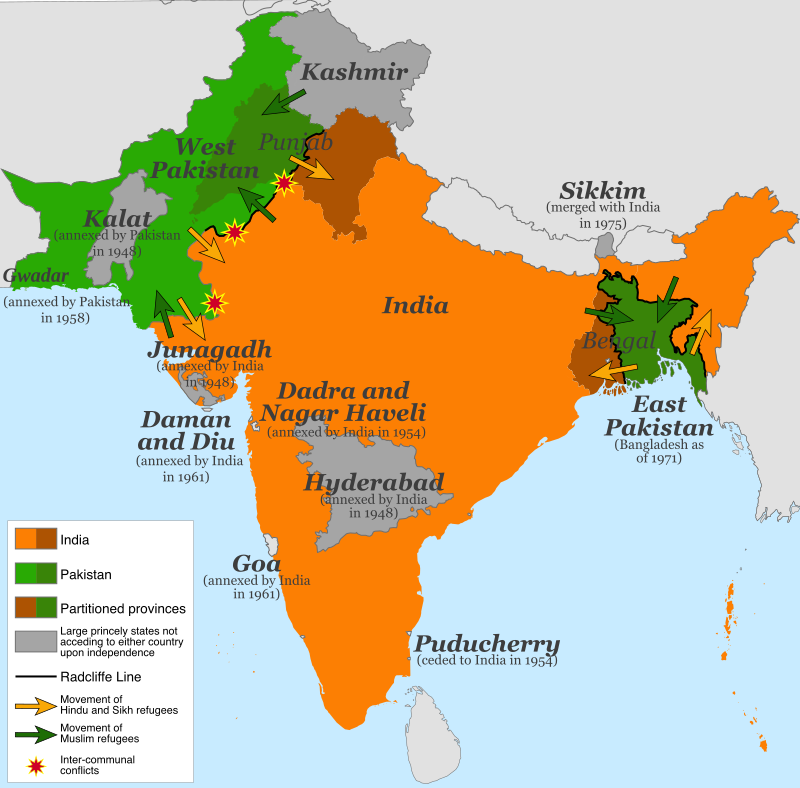
Moving on, Godse expands his argument by pointing out the fact that Gandhi fasted unto death when Hindu refugees occupied Delhi’s mosques when they had nowhere else to go. Gandhi did this so that the Hindus would move out of the mosques because Muslims needed a place to worship. But Gandhi did nothing when Hindus were targeted and attacked in Muslim Pakistan. This is why I don’t like Gandhi, either. His policies were never consistent; he did things so irregularly and overcompensated for the minority groups as well.
1947 is a time of the past, and India, Pakistan, and Bangladesh are three countries that at best, have lukewarm relationships, and at worst, despise each other.
What we can do now is look at history and learn from our mistakes. What Godse did was not right; he was mistaken in his own Islamophobic, Hindu-leaning thoughts that he had to kill Gandhi. But that did not reverse everything Gandhi did. Instead of only passively fasting or leading marches, he could have taken action by negotiating with the British and the Muslim League.
Right now, I advise everyone to look at things with a complete perspective. Godse did not take into consideration Gandhi’s political pressures. Gandhi did not look for a way to completely compromise and avoid overcompensating. I would like people to not look at Gandhi like he was a god, but look at him like the human being he was.
I feel that by looking back, we can do what history has taught us not to do.





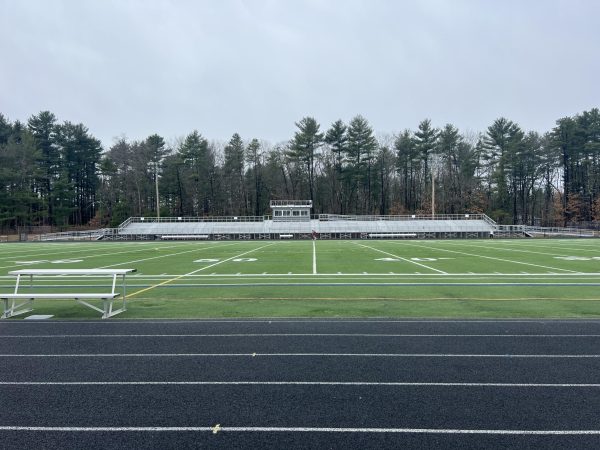


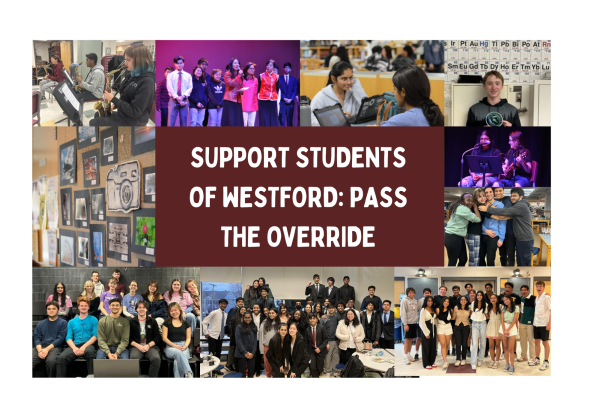
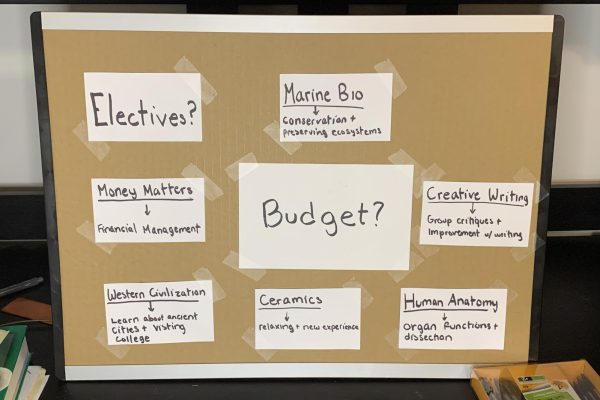

Padmini Puram • Jan 31, 2021 at 8:41 pm
Appreciate your clarity of thought and interest in Indian history. Awesome written skills. All the best🙂
U.kesava rao • Jan 31, 2021 at 12:16 am
Very good reasoning. Quality of writing is very high. Keep it up. All the best.